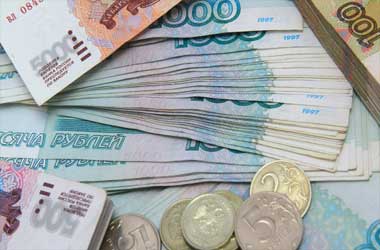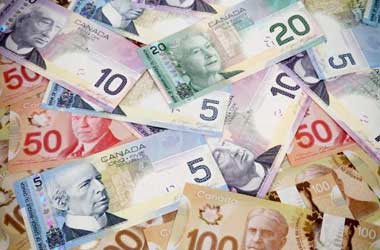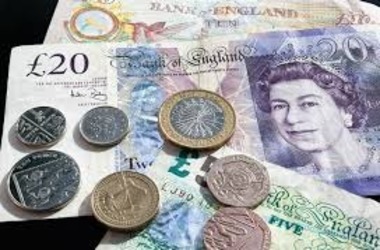 The Russian ruble has declined to 73.60 against the greenback, after recording an 11-week high of $72.90 by the end of last month. The strengthening of the ruble was led by an increase in oil prices which gained momentum on improved demand outlook. Specifically, the Brent crude hit 3-month high.
The Russian ruble has declined to 73.60 against the greenback, after recording an 11-week high of $72.90 by the end of last month. The strengthening of the ruble was led by an increase in oil prices which gained momentum on improved demand outlook. Specifically, the Brent crude hit 3-month high.
In the meanwhile, the country’s central bank governor Nabiullina stated that cryptocurrencies will become the backbone of global financial system in the years ahead. Notably, the Russian government announced that President Vladimir Putin and the US President Joe Biden will conduct a summit in Switzerland on June 16 to talk about the bilateral relationship, issues associated with nuclear stability and other regional problems, including the impact of Covid-19 pandemic.
Furthermore, the US has stated that it is not interested in imposing sanctions on firms involved in the Nord Stream 2 gas pipeline project to Germany. With regards to monetary policies, the Central Bank of Russia has boosted interest rate by a higher than anticipated 50bps, while maintaining a flexible stance on increasing interest rates in the months ahead to control inflationary pressure.
According to IHS Markit, Russia’s manufacturing PMI rose to 51.90 in May 2021, from 50.40 in the earlier month, reflecting the fifth successive month of growth and the robust rate since March 2019 as output grew to the quickest pace since February while fresh orders increased at the steepest level since August 2020.
Fresh export orders also increased, putting an end to a four-month series of decline as enterprises pointed out that the takeover of fresh clients paved way for the upturn. During the same period, employment increased to the sharpest rate since December 2018, in spite of an additional robust decrease in work backlogs.
With respect to pricing, input cost inflationary pressure slowed down, with companies highlighting input shortages as the primary reason. Hence, output charge inflation declined but at the second rapid rate since February 2015.
Eventually, business sentiment declined to a four-month low, against the backdrop of surging input prices and stress on margins. Russia’s industrial production surged 7.20% y-o-y in April 2021, following an amended 2.30% increase in the earlier month and surpassed the 6.50% growth anticipated by economists.
The reported figure reflects the biggest rise since November 2010, as output rose by 14.20% in manufacturing, compared with 5.40% in March. Water supply increased 25.90% in April, from 14.70% in March.
Furthermore, extraction of raw materials production fell by 1.80% in April, following a decrease of 4.60% in March. On m-o-m basis, industrial production fell by 4.50%, following an amended 13.50% increase in March.
The country’s unemployment rate inched downwards to 5.2% in April 2021, from 5.40% in March. Economists did not anticipate any change in Russia’s jobless rate. The reported figure is the lowest unemployment rate since March 2020, but still higher that pre-pandemic February levels. From the level recorded in March 2021, the count of jobless people declined by 159,000 to 3.898 million.




